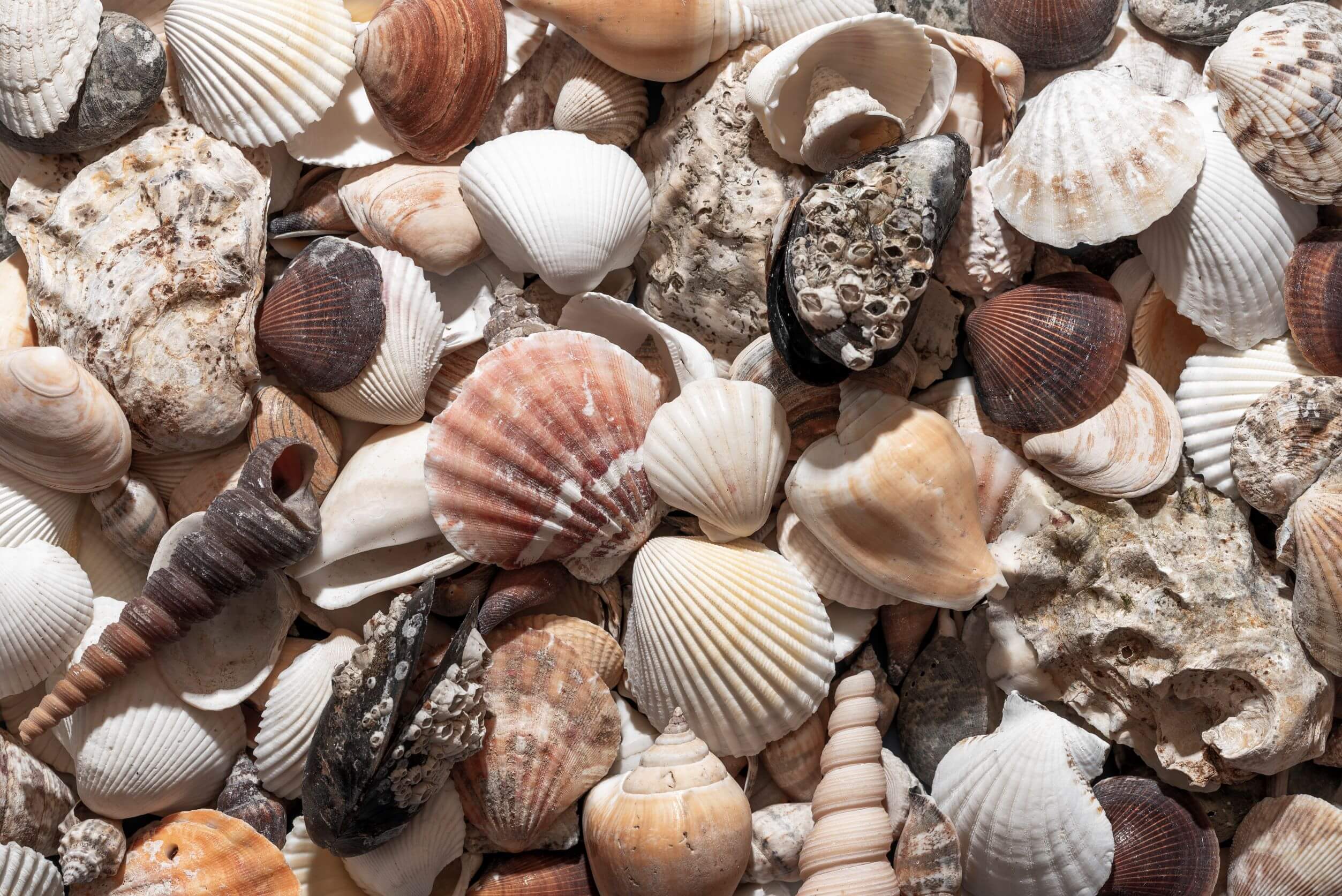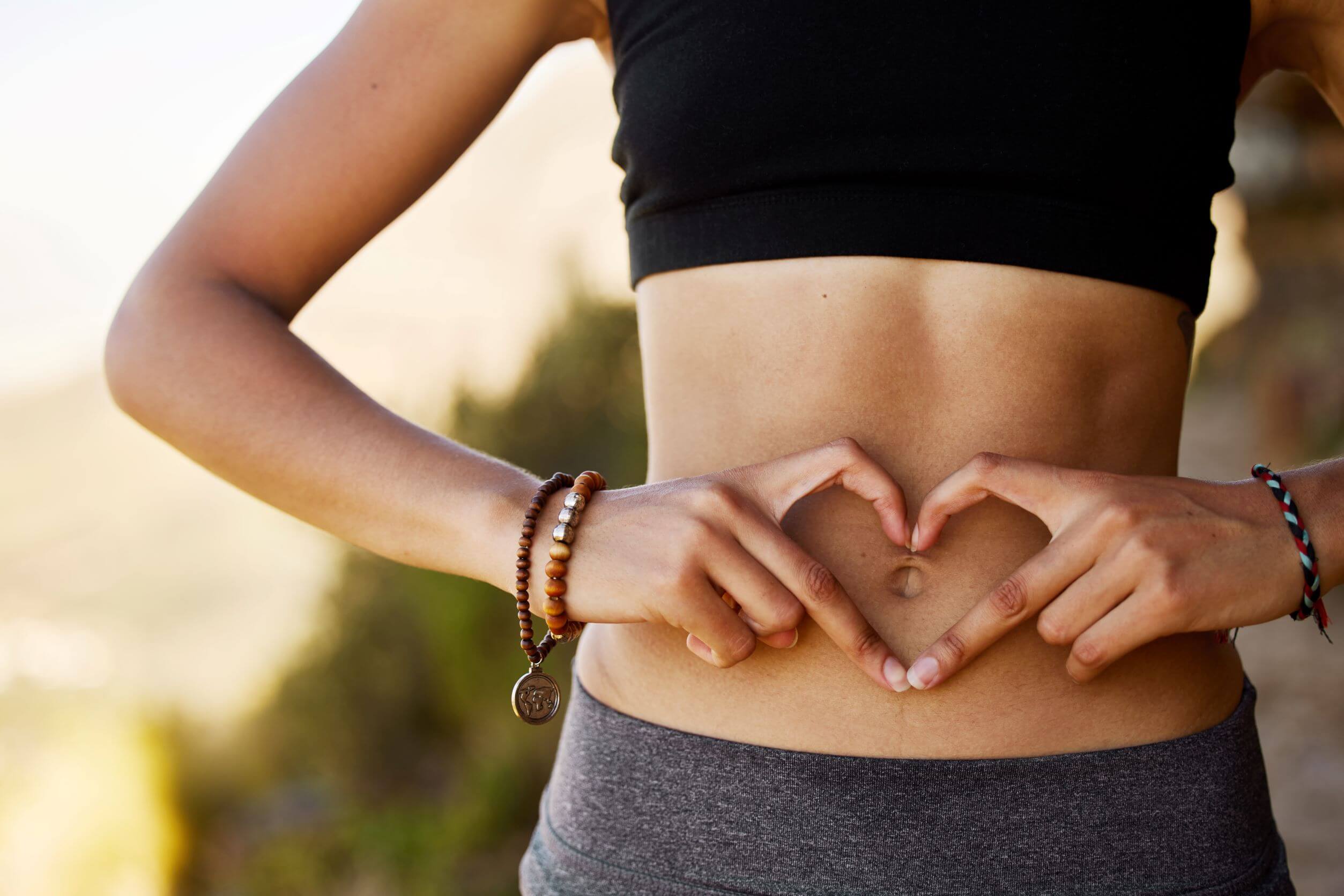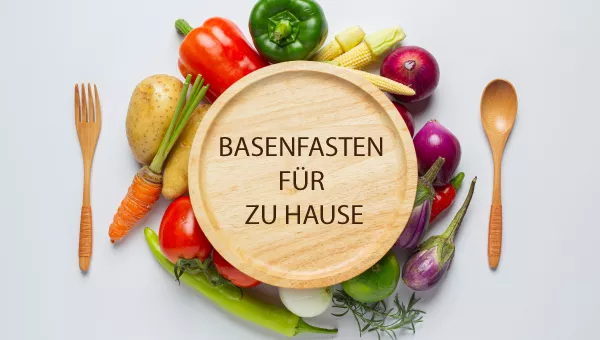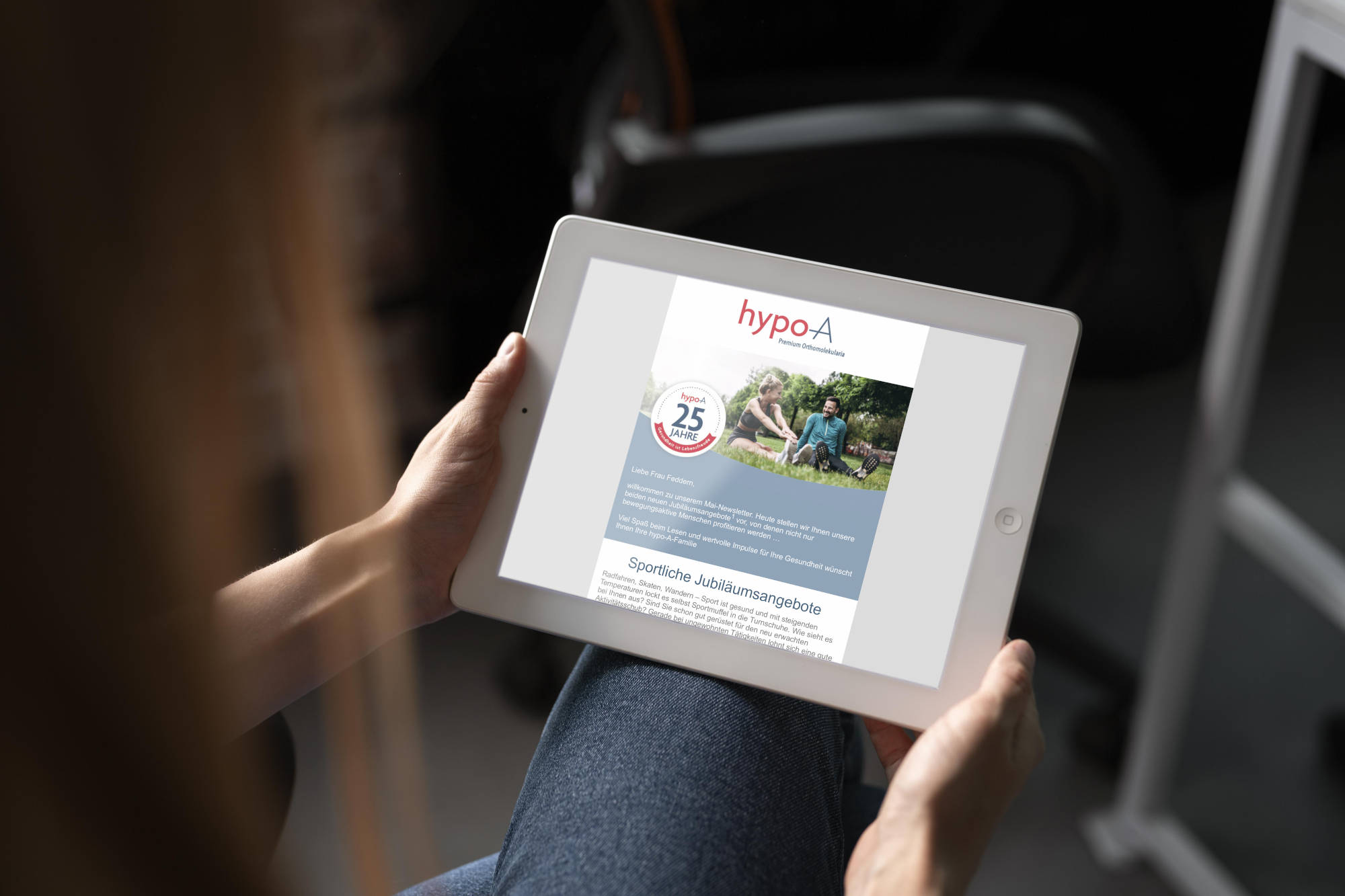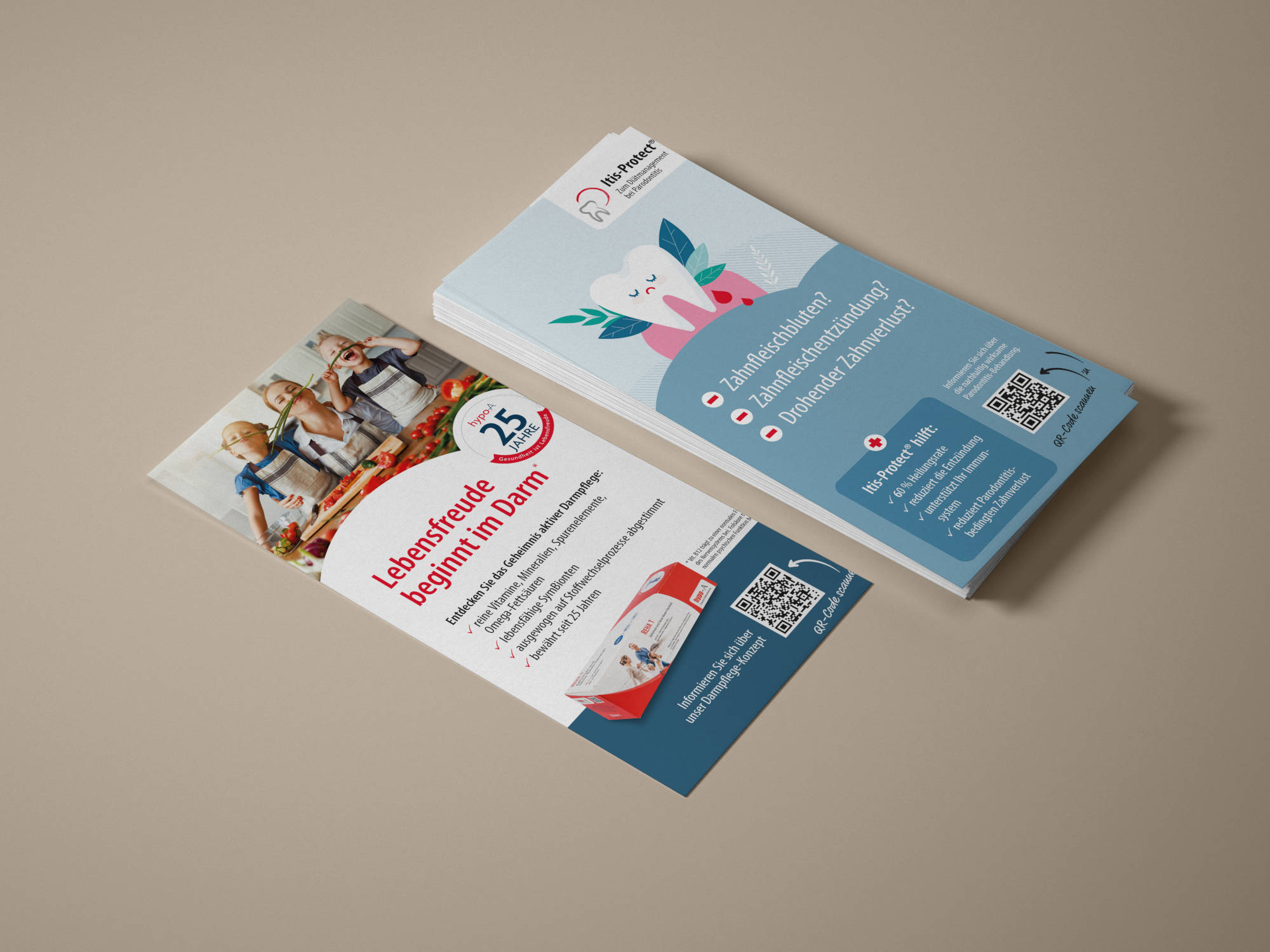16/04/2024
Titanium dioxide in food
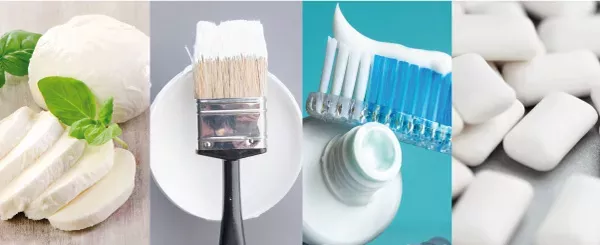
As a white colourant, titanium dioxide is not only found in wall paint, varnishes, plastics and sunscreen, but also in toothpaste, medicines and food. However, the additive is highly controversial.
There is increasing evidence that titanium dioxide not only disrupts the intestinal flora that is so important for our health, but can also favour mucosal irritation, inflammation, chronic intestinal diseases and even cancer
.Which foods contain titanium dioxide?
Titanium dioxide is used as a food additive E 171 in mozzarella, chewing gum, yoghurt, sweets such as marshmallows and chocolate lentils, baked goods, glazes, ice cream, sugar-coated sweets, soups, sauces, broths, salads, savoury spreads and food supplements. Thanks to the whitening agent, the products should look whiter, shinier and more beautiful. Titanium dioxide is also frequently found in medicines and cosmetics (as CI 77891).
While the additive has been banned in food in France since 2020 because health risks to humans cannot be ruled out, it was still considered harmless in Germany and was even allowed to be added to food without restriction (1). In May 2019, the Federal Institute for Risk Assessment (BfR) still saw a need for further research and wanted to wait and see (2). In May 2021, the European Food Safety Authority (EFSA) ruled that the use of titanium dioxide as a food additive can no longer be considered safe. The background to this was a possible genotoxic effect of titanium dioxide. Food Minister Julia Klöckner subsequently called for the authorisation of titanium dioxide in food to be withdrawn.
Good news: EU bans titanium dioxide in food!
Since summer 2022 titanium dioxide has been banned in food throughout the EU. However, the additive remains permitted for the time being in medicines, medical products and cosmetics such as toothpaste.
Health risks from titanium dioxide
According to estimates by the European Food Safety Authority (EFSA), we consume an average of around 1.28 mg of titanium dioxide (TiO2) per kilogramme of body weight per day, i.e. approx. 100 mg/person/day.
Animal experiments indicate that the dye
- Inflammation increased (3, 4),
- accumulates in the spleen (4), can damage the immune system (4, 5),Increased oxidative stress (6)damages the intestinal mucosa (3),disrupts the balance between the gut and the microbiome
- may damage the genome (genotoxicity) (12) and therefore
- possibly carcinogenic (7, 8).
A good third of the titanium dioxide used in food is present as nanoparticles with a diameter of less than 100 nm. These tiny particles can be detected migrating from the intestine into the blood (5, 9, 10).
Due to their small size, the nanoparticles can even penetrate through the envelope of the cells, the cell membrane, into the cell interior and trigger inflammation there. This in turn increases the risk of tumours developing. (1)
For a long time, all these risks were accepted in Germany in order to make food appear attractive.
How to protect yourself from titanium dioxide in food
If you suffer from a sensitive stomach, irritable bowel syndrome or a chronic inflammatory bowel disease such as ulcerative colitis and Crohn's disease or want to avoid unnecessary health risks, you should avoid products with titanium dioxide. You are on the safe side if you buy fresh, unprocessed food or choose organic products. Artificially produced colourings and titanium dioxide are taboo here. The only other option is to look at the small print. - It is best to read the small print of everything you put into your body, i.e. all foods, but also food supplements, for example. You can make things a little easier for yourself if you only buy products from suppliers who, like hypo-A, deliberately avoid harmful additives for the benefit of their customers.
By the way: Even natural cosmetics are not immune to titanium dioxide. Almost all alternative sun protection products use titanium dioxide as a mineral sunscreen. Titanium dioxide can also be found in body lotions, creams, toothpaste and decorative cosmetics.
Titanium dioxide disrupts the gut
Some evidence suggests that titanium dioxide disrupts the gut and promotes intestinal diseases. It has been shown in mice that the colouring agent alters the metabolism of intestinal bacteria and changes the balance in the intestine in such a way that inflammation can occur (12).
A few years ago, it was discovered that titanium dioxide is deposited in intestinal mucosa cells and triggers inflammation in the intestine. This leads to an increase in the release of aggressive substances known as free radicals, which in turn damage the intestinal mucosa. (3)
In patients with ulcerative colitis, where the intestinal mucosa is no longer properly sealed, it can further exacerbate the inflammation typical of the disease. Researchers therefore advise people with inflammatory bowel disease in particular to consistently avoid foods containing E171. (3)
In mice, titanium dioxide also leads to a reduced formation of mucins, which serve to protect the intestinal mucosa (8, 12).
Literature
(1) https://www.br.de/br-fernsehen/sendungen/gesundheit/themenuebersicht/ernaehrung/e171-titandioxid-weissmacher-lebensmittel-krebs100.html
(2) BfR: Titanium dioxide - there is still a need for research, questions and answers from the BfR dated 22 May 2019
(3) Ruiz, P.A., et. al.: Titanium dioxide nanoparticles exacerbate DSS-induced colitis: role of the NLRP3 inflammasome. Gut. 2017, 66(7):1216-1224. doi: 10.1136/gutjnl-2015-310297; see also https://www.media.uzh.ch/de/medienmitteilungen/2017/Titandioxid-Nanopartikel-Darmentzuendungen.html
(4) Yazdi, A.S., et al.: Nanoparticles activate the NLR pyrin domain containing 3 (Nlrp3) inflammasome and cause pulmonary inflammation through release of IL-1α and IL-1β. Proc Natl Acad Sci USA, 2010, 9;107(45):19449-54. doi: 10.1073/pnas.1008155107
(5) Food additive E171: first findings of oral exposure to titanium dioxide nanoparticles, INRI Science & Impact, 2017
(6) Grande, F.; Tucci, P.: Titanium Dioxide Nanoparticles: a Risk for Human Health? Mini Rev Med Chem. 2016;16(9):762-769
(7) Cancer: inquiétudes autour de l'additif alimentaire E171. Sciences et Avenir with AFP, 23/01/2017
(8) Kähkönen, E.E.; Is it safe to paint your wall white? - A case study on titanium dioxide classification. Integr Environ Assess Manag. 2019 Jul 9. doi: 10.1002/ieam.4186
(9) FET e.V., professional association for nutrition therapy and prevention. Current research: Titanium dioxide (E171). Notification of 29 May 2019
(10) Titanium dioxide nanoparticles: How dangerous is E 171 for intestinal patients? Medical journal online from 21.07.2017
(11) Communication from the European Commission: Titanium dioxide banned in food from summer 2022, from 14 January 2022
(12) Pinget, G., et al.: Impact of the food additive titanium dioxide (E171) on gut microbiota-host interaction. Front. Nutr. 2019, 6:57. doi: 10.3389/fnut.2019.00057
(13) EFSA: Titanium dioxide: E171 is no longer considered safe for use as a food additive. May 2021

